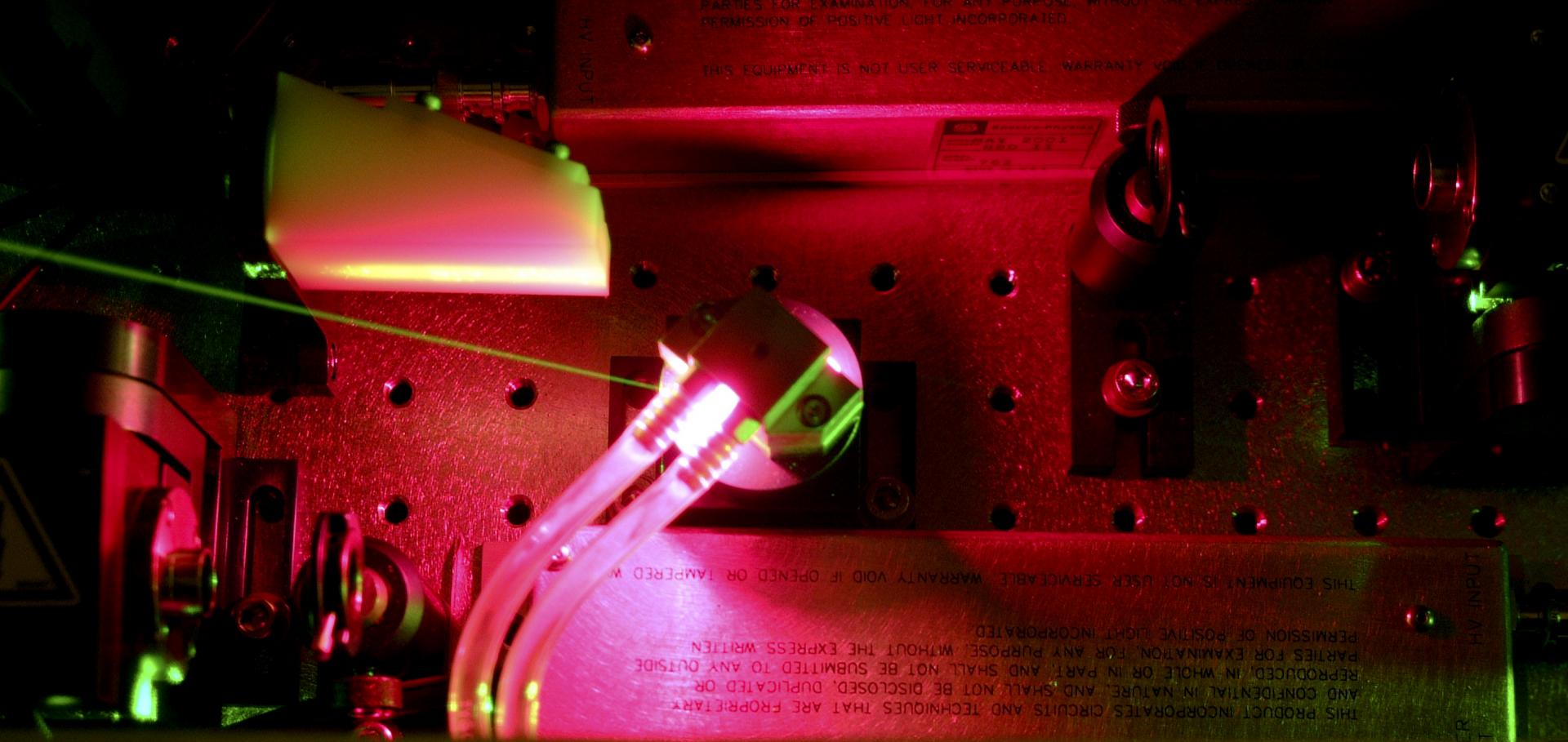Inner-shell soft X-ray lasers in Ne-like ions driven by optical field ionization
Optics Communications 182:1-3 (2000) 209-219
Abstract:
A novel short-wavelength laser based upon monopole excitation of inner-shell electrons in Ne-like ions following optical field ionization with circularly polarized radiation is discussed. Calculations of the small-signal gain are presented for one such ion, Ne-like Ar, for which a small-signal gain of 13.7 cm-1 is predicted on the 2s → 2p hole transition at 15.8 nm for an Ar pressure of 50 mbar. Extensions of this approach to other inner-shell transitions are suggested. © 2000 Elsevier Science B.V. All rights reserved.Guiding of high-intensity picosecond laser pulses in a discharge-ablated capillary waveguide
Journal of the Optical Society of America B Optical Physics 17:1 (2000) 90-98
Abstract:
The results of a study of the channeling of intense picosecond laser pulses by a discharge-ablated capillary waveguide are presented. The peak-energy transmission for a 10-mm-long waveguide is measured to be 65% for an input intensity of 1 × 1016 W cm-2. The importance of inverse bremsstrahlung, stimulated Raman scattering, stimulated Brillouin scattering, atomic modulation instabilities, and ionization of the discharge plasma as loss mechanisms for both intense femtosecond and picosecond pulses are considered. © 2000 Optical Society of America.Inner-shell soft x-ray lasers driven by optical field ionization
Pacific Rim Conference on Lasers and Electro-Optics, CLEO - Technical Digest (2000) 515-516
Abstract:
Presented is a novel approach for driving short-wavelength lasers, with good prospects for scaling to shorter wavelengths. Present investigations include analysis of extensions to other transitions such as the 3s → 3p and 3p → 3d hole transitions in Ni-like ions following monopole excitation of 3s and 3p holes in OFI plasmas. The results of those calculations are presented.Simulations of the propagation of high-intensity laser pulses in discharge-ablated capillary waveguides
Journal of the Optical Society of America B: Optical Physics 17:9 (2000) 1565-1570
Abstract:
We present the results of simulations of the propagation of high-intensity laser pulses in discharge-ablated capillary waveguides. The limitations of this type of waveguide for pulse intensities of the order of 1016 W cm-2 are discussed. However, for higher intensities we describe a new regime of quasi-matched guiding, that results in significant improvements in guiding performance. The effect on quasi-matched guiding of changing the atomic numbers of the atoms that compose the plasma waveguide is discussed. Calculations are presented for boron capillaries that show quasi-matched guiding over lengths of 32 mm for an input intensity of 5 × 10 17 Wcm-2. © 2000 Optical Society of America.Simulations of the propagation of high-intensity laser pulses in discharge-ablated capillary waveguides
Pacific Rim Conference on Lasers and Electro-Optics, CLEO - Technical Digest (2000) 293-294


